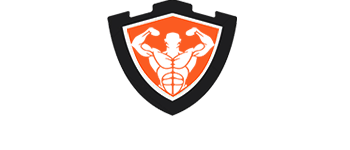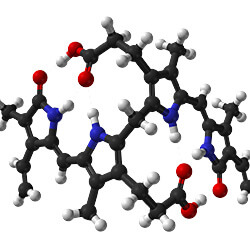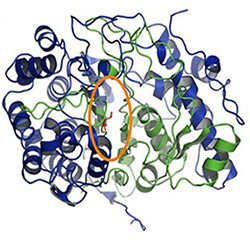Protections Whilst On Cycle
Protections Whilst
Over the course of this section we’re going to explain how you can fully protect yourself whilst on cycle.
Protection against harm is ultimately a multi-faceted and fairly complex process that involves the user following an effective series of procedures. Should these processes all be followed, it is reasonable to say that the individual will severely diminish their risk of facing any adverse issues.
How To Monitor Liver Functionality
Top experts know that prevention is better than cure; that’s precisely why you need to monitor your health at ery stage of your AAS use to ensure that your liver is constantly at the top of its “game”.
The following tests will help to reveal whether or not your liver is functioning in an optimal capacity.
Serum Bilirubin Test
This elevation of bilirubin may also coincide with high blood pressure, so getting both checked regularly should be a staple feature of your cycle.
“Normal” bilirubin levels are regarded as ranging from between 0.2 – 1.2 mg/dl in healthy adults.
GGT Test
When liver toxicity or disease is present, the levels of this enzyme are elevated by between 5 and 30 times the normal number. The normal level for a healthy adult is estimated to be between 0 and 30 U/L.

Lab Test For Liver Functionality
A lab liver test is an all encompassing test designed to measure a wide variety of areas at once in an attempt to determine overall liver health.
Rather than just focusing on a specific or a couple of specific areas (as per the tests previously mentioned), this particular test follows an “umbrella-like” procedure and allows the user to find out whether or not all of the relevant components of the blood relating to liver damage are elevated or within the normal range.
This test includes evaluating the levels of / following elements (in addition to the previously mentioned bilirubin and GGT levels.)
Partial Thromboplastin Time
Prothrombin Time
Ammonia
Albumin
Alkaline Phosphatase (ALP)
Alanine Aminotransferase (ALT)
Aspartate Aminotransferase (AST)
Other Importance Protections
- Medications To Avoid
- Foods To Avoid
- The Importance Of Drinking Water On A Cycle
- The Various Hepatic Protections
Acetaminophen is considered safe in moderate doses (a maximum of 2,000mg) though it can present danger at a higher intake level than this.
Non steroidal anti-inflammatory drugs are regarded as being risky if there is any toxicity present in the liver – you need to bear in mind that when taking even mild orals or injectables, your liver is certainly going to be more “intoxicated” than it would normally by default.
As a result, it would be best to avoid using these medications without first consulting with a doctor as they can lead to diminished kidney functionality.
Other than the specifically mentioned drug / drug types here, you may also encounter adverse issues when using other medications. It would be far beyond the scope of this profile to discuss the possible implications of taking all of the available medication types.
In order to gain a full understanding of what may or may not pose a risk to you, you should without doubt consult with your doctor for further guidance in regards to which medications may present a heightened risk to your liver / internal health when utilising AAS varieties.
Base your questions on any existing medication you may be using and any medications you may plan to use.
You should cycle your protein and all other nutrient sources regularly so that you are not simply using the same ones every time you eat – this will help you to avoid any extra strain on the liver.
Anything Containing Large Doses Of Iron
The body has no means of excreting excess iron, therefore ingesting far more than you can use is a sure fire way to cause your liver some serious harm.
This is the case for people who aren’t utilising AAS types, so imagine combining the stress of steroids with the strain of a larger than needed iron dose. It’d be a recipe for disaster.
Excessive Doses Of Supplements
In the same way your liver must process oral steroids, it must also process multi-vitamins and other supplements. This ordinarily wouldn’t be a problem, unless you started to cram in far more supplements than your liver could digest.
Some vitamins and minerals even react badly with one another – you should discuss possible contraindications with your GP prior to using any high strength supplements. They could wreak some serious havoc when combined with the strain of steroids.
Smoking Cigarettes
Not technically a food, but you still need to avoid cigarettes like the plague if you’re using anabolic steroids.
They’re bad for you at the best of times, but the toxins they release could merge perfectly with the toxic nature of steroids to increase your chances of contracting liver cancer as well as suffering from general liver damage.
Anything Containing Large Doses Of Vitamin A
50 – 80% of your body’s vitamin A is stored in the liver – this means if you oversaturate it, all you’re doing is causing a tremendous and unnecessary amount of internal stress.
Remember; more doesn’t always equal more. You can have TOO much of something, hence why the recommended daily guidelines were developed in the first place.
Excessive doses of vitamin A would be harmful for the average member of the general public, but when combined with the effects of steroids they could prove to be disastrous.
Anything Containing Excessive Amounts Of Salt
Excessive amounts of salt don’t just contribute to a higher risk of blood pressure elevating; they also elevate your risk of getting fatty liver disease.
This negative strain on the liver would combine with the added risk of negative cholesterol levels elevating when taking steroids (thus negatively impacting the liver further), meaning that you need to be seriously careful about the level of salt you consume over the course of your cycle.
This would be great practical advice at any time, but it’s doubly important when using steroids.
Not only is every chemical reaction in the body reliant on water as its base, but you should view water in a similar fashion to dietary fibre – without an adequate enough intake, the entire digestion process is made tremendously difficult and “labour” intensive on the body.
Similarly in this instance, without the relevant amount of water you will make your liver’s job much, much harder as it won’t have the necessary “base” to perform its activities.
Remember too that blood mostly consists of water, and the less you have in your system the more “thick” / viscous the blood becomes – this ultimately makes it harder for the liver to process.
You need to consider the negative effect that your AAS choices may already be having, and make your liver’s job as easy as possible by reducing all internal strain as effectively as you can.
It may be necessary to combine certain elements together, and it’s worth noting that you should always consult with your GP prior to using any pharmaceutical grade items of this nature (including steroids) to determine whether or not you have any underlying conditions that may worsen when taking these products.
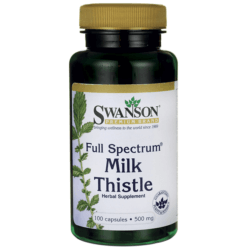
Milk Thistle
Whilst its effects are still largely unproven, it’s safe to say that many users of anabolic agents have reported positive results from integrating milk thistle into their cycles.
It allegedly possesses antioxidant and anti inflammatory properties - both of which are crucial for ensuring that the liver is in the best state of health possible at all times.
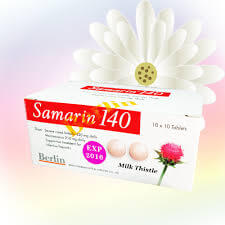
Samarin 140
This product is actually sourced from milk thistle and is used as an excellent means of regenerating liver cells / maintaining a healthy internal atmosphere.
Some use it instead of milk thistle, whereas others use them both together - neither option is necessarily wrong. It’s all about whether or not you want to establish the strongest foundational base possible.
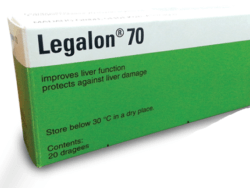
Legalon
Legalon helps to protect, detoxify and regenerate liver cells as well as being able to assist in the digestive process - it is a viable alternative to or may be an excellent supplemental choice to many of the other items listed in this section.
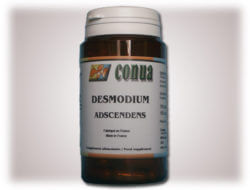
Desmodium
Desmodium has been used for centuries by native African tribes and may be beneficial for removing toxins, regenerating liver cells and even boosting the immune system. It is another excellent addition to any liver protection plan.
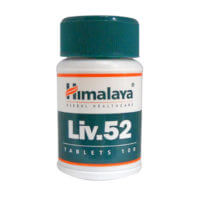
Liv 52
Perhaps the most popular liver protection agent on the market for anabolic users, liv 52 offers an “umbrella” of protection by ensuring that the user's liver functionality is maintained, or any damaged elements are repaired through its promotion of healthy liver enzyme circulation and regeneration.
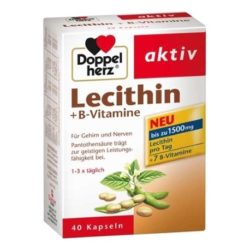
Lecithin And Vitamin B
Lecithin prevents fat from accumulating in the liver, and B vitamins help to regulate / optimise lecithin levels. Both work together in a synergistic fashion to make sure that negative cholesterol levels do not elevate too dramatically.
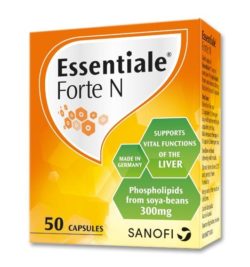
Essentiale
Essentiale is a collection of essential phospholipids that help with the cellular regeneration of the liver, the metabolism of lipids (fats) and proteins, and general detoxification. Overall, it simply makes the livers job “easier.”
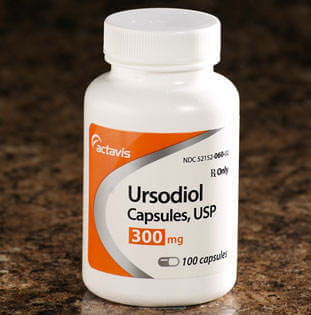
Ursodiol
Ursodiol helps the liver to break down cholesterol and increases bile flow overall - it is actually a naturally occurring bile acid found in the human body; the over the counter ursodiol supplement is simply a refined and isolated form of this acid.
Known in the scientific realm as ursodeoxycholic acid, this product (and the acid it is based on) has seen widespread success in the treatment of liver disease due to its ability to reduce stored fat around the liver.
Ultimately, it works by actively partaking in the digestion process and helping to “dissolve” cholesterol - this is why it is also highly revered as a gallstone treatment (gallstones are solid lumps of cholesterol, therefore anything that helps to break down cholesterol also proves useful for gall stones too provided they are relatively small in size.)
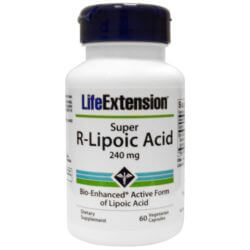
R-Alpha Lipoic Acid
R-alpha lipoic acid is considered to be a powerful antioxidant, meaning it can help to break down toxins as well as to safeguard against their development in the first place.
It’s a great supplementary product for any cycle.
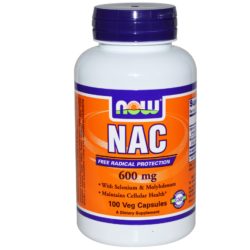
N-Acetylcysteine
NAC is massively important for restoring your body's stores of the powerful antioxidant glutathione. This is your body’s “preferred” means of antioxidation and it is produced “in house” by the body itself.
Through boosting the production and regenerating your stores of glutathione - you are ensuring that your body’s first line of defense against toxins is intact at all times.
